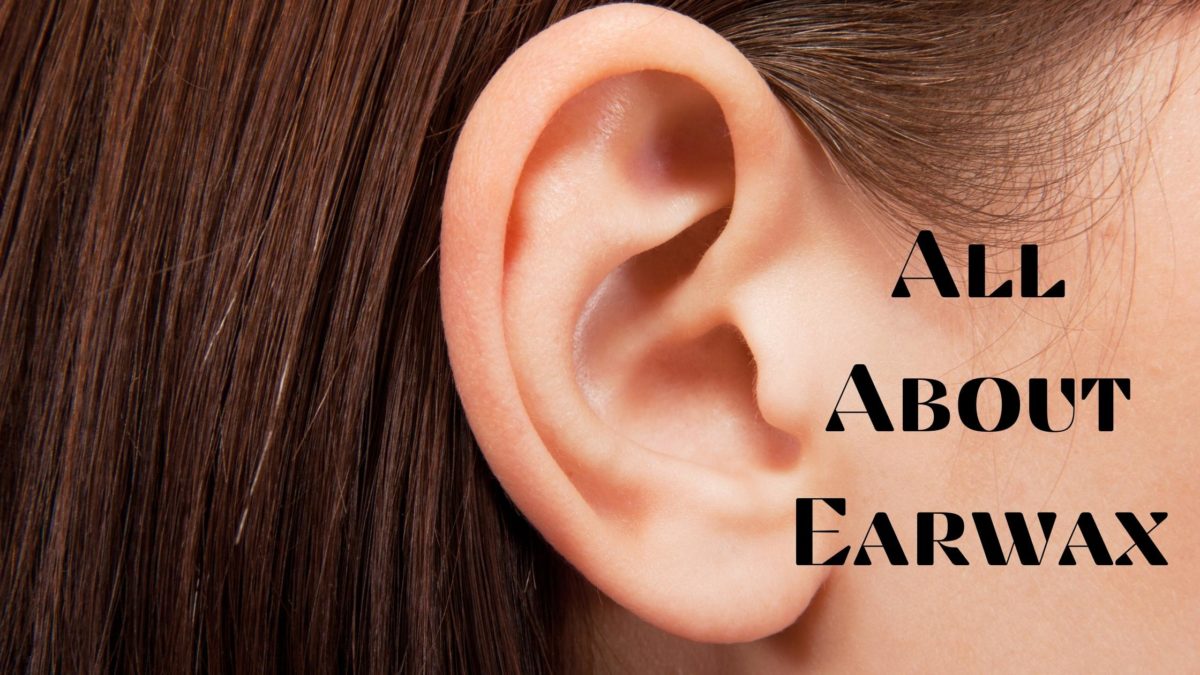Most people are a little grossed out by earwax. You know – the sticky or flaky wax-like material that oozes from your ears? If you are like most people, you probably haven’t given earwax much of a thought however earwax plays an important role in your hearing. Here is more than you thought you have ever wanted to know about earwax!
Earwax isn’t Actually Wax
It’s called wax because of its wax-like nature but technically it is called cerumen and is made from a combination of skin cells and the fluid from two glands.
The delicate skin of the ear canal is constantly shedding dead skin cells, and this becomes a major component of cerumen. The other ingredient is the secretions from two glands — the ceruminous and the sebaceous glands. The ceruminous gland is a sweat gland resting just outside the ear canal while the sebaceous glands excrete oils that help lubricate the skin. These fluids combined with dead skin cells are what causes earwax.
Earwax Safeguards Your Ears
Like most functions of the body, earwax has an important role to play. It actually protects your auditory canal. Earwax is antimicrobial and any small laceration or break in the skin which could easily turn into infection is neutralized. When you don’t have enough earwax then the ear canal is dangerously exposed to the risk of ear infections which could ultimately damage your hearing.
Not all Earwax is the Same
You know what your earwax is like, but is it the same as everyone else’s? Well, there are at least two common types of earwax: wet and dry. Depending on if your earwax is dry or wet it can help determine heritage. Wet earwax is usually more yellow and sticky while dry ear wax is flakier. What kind of earwax you have depends on genetics much like eye and skin color? Wet earwax is more common and found in people originating from Africa and Europe. If you have dry earwax, it is likely your heritage can be traced back to East Asia or Native America. Amazingly anthropologists have been able to use earwax to trace historical migrations of people throughout time.
Earwax Cleans the Ears
Not only is earwax antimicrobial but it also helps keep dirt out of your ear. Dirt and dust are floating in the air and eventually end up in your ear canal. Leaving it there would inevitably damage your hearing so earwax also works as a type of conveyor belt constantly moving dirt and debris out of your ear canal to the outer ear where you can wipe it away in the shower.
You need just the Right Amount
Too much or too little earwax is both a problem. Too little earwax and your ear canal can get very itchy and uncomfortable. Too much earwax can become impacted, which can temporarily impede your hearing ability until it is cleared by a professional.
Is there a Safe Way to Clean Out Your Ears at Home?
We recommend never inserting anything into your ear canal smaller than your fist. That is to say, do not shove anything into your fragile ear canal. This means, ditch your cotton swab for cleaning deep in your ears. Worst case scenario you will push ear wax further into your canal and create a difficult to remove impaction. However, there are some home remedies to clean out your ears. If you feel like there is too much earwax in your ear insert a couple of drops of mineral oil to soften the wax. After a few hours try a hot shower. This will loosen the earwax and help it exit the ear canal on its own. Wipe away any earwax on the outer ear with a damp cloth and if you are prone to swimmer’s ear, a few drops of rubbing alcohol will ensure all the water dries up.
Not All Hearing Loss is Due to Earwax
You may not be hearing your best due to the impaction of earwax but that is a rather rare occurrence. If you are struggling with hearing issues, we recommend scheduling a hearing test today. The sooner you know the cause of a hearing issue the sooner you can find relief with clearer hearing.

